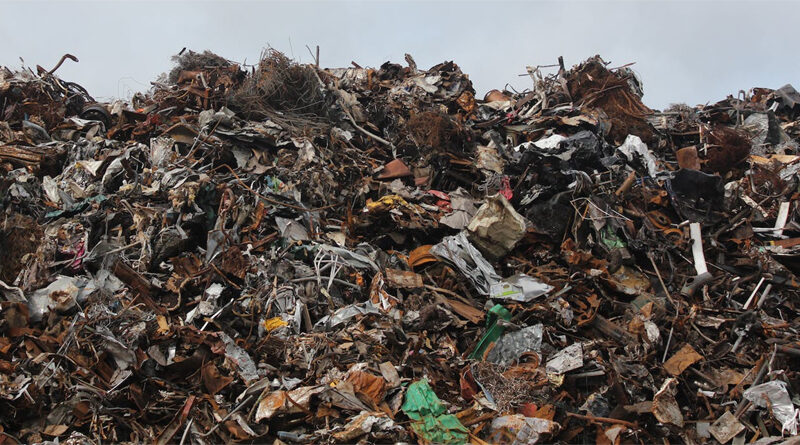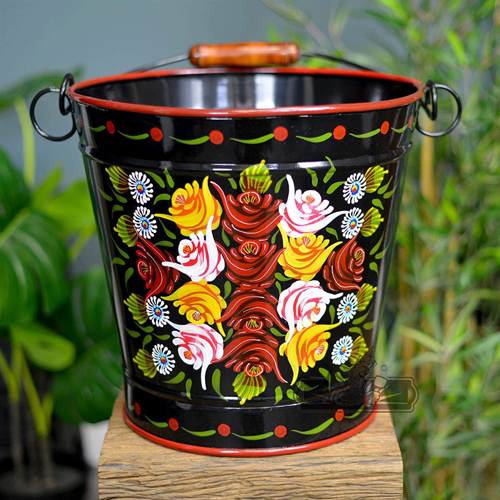REDUCING WASTE SENT TO LANDFILL
I consider myself quite good at recycling and reckoned I had probably done as much as I could to reduce the amount I was sending to landfill. I recycle glass, paper, metal and all the plastics marked as recyclable. I also compost and take unwanted but useable items to the charity shop. And I am fully across what my local civic amenity site will accept and recycle for me: Including paint, hard plastics, and wood etc.
So, I am doing all that can, right?
Actually no. It turns out there is a lot more I could be doing.
So here is how I reduced my waste by at least another 50%.
I started by choosing a bin and looked at what was in it.
Bathroom bin: In my case the bulk of its contents was cotton wool pads that I use to remove makeup or nail varnish and to cleanse. So, I looked for re-usable alternatives, and discovered there are lots.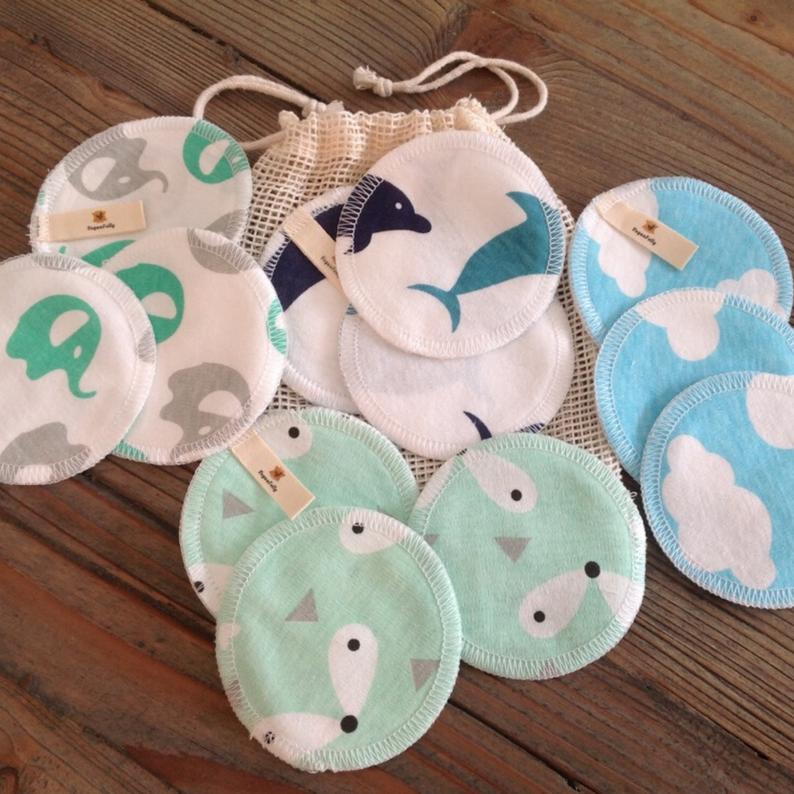
Washable make up pads come in a variety of materials, textures and designs. Personally, I like the bamboo and organic cotton ones, with the cute designs on one side.
There are loads to choose from on Etsy and a quick Internet search will throw up hundreds more.
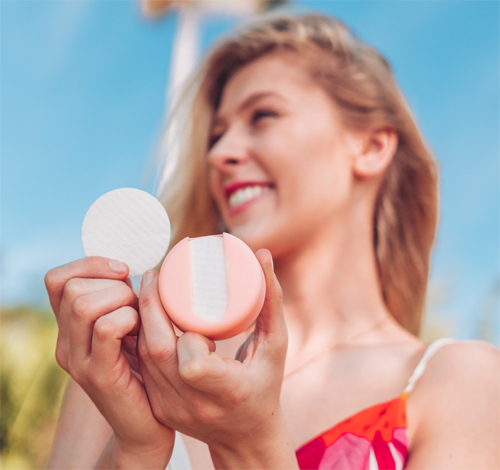
I also like LastRound, which are ideally packaged for travel. By buying some reusable makeup pads the contents of my bathroom bin diminished considerably. From emptying it every couple weeks, it can now take months before it needs attention.
And that wasn’t all. There was still more I could remove. See the ‘burnable bin’ below.
Kitchen bin: As I was already quite good at recycling the key items in my kitchen bin were non-recyclable plastics and ‘used’ items, like kitchen towel.
Let’s start with the non-recyclable plastic. There is a great way to use this plastic and avoid sending it to landfill; EcoBricks.
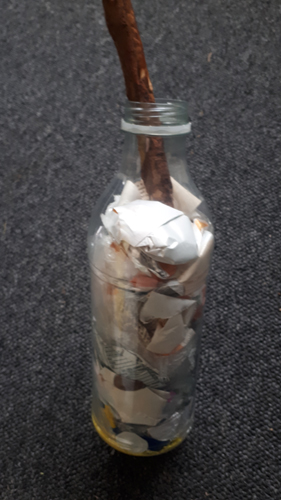
Ecobricks are simple to make and can be used for all sorts of projects. Basically, get a plastic bottle, ensure it is clean and dry. Then stuff it with the plastic packaging that can’t be recycled (must also be clean and dry). Squeeze in as much as you can (I use a stick to push it down) so that the bottle becomes as hard and solid as brick. It’s amazing how much plastic even a one litre bottle will take!
You can find out about EcoBricks here: ecobricks.org
And there are some great design ideas here: pinterest.co.uk/chantaldcooke/ecobrick-ideas
A friend is using her EcoBricks (and a few of mine) to fill Gabion baskets, before adding cement, in order to create a solid wall to hold the bank behind her house in place; a great way to use the bricks and cut the amount of cement she needs.
I am planning some raised bed designs with mine.
Kitchen towel and other burnable items. Despite trying my best to persuade my partner to cut his kitchen towel use, I failed. So rather than head for divorce I found a way to dispose of it without it clogging up the bin.
We have a wood burning stove in our living room, so anything that can be burnt, including the used kitchen towel, coated paper, etc. goes in a separate container and then when we light the fire, it all gets thrown on.
We also include small pieces of paper. Yes, paper can be recycled but the smaller the piece the less useful it is for recycling. This is because paper is made of fibres, the longer the fibres, the better quality the paper. But each time paper gets cut or torn it shortens the fibres, and this reduces the quality and its ability to be recycled.
In addition, if you have mixed recycling (i.e. a mixture of items are put in your recycling bin and then sorted later) small bits of paper etc., can’t easily be separated, meaning they are unlikely to be recycled. So, this is why, in our case, we add these small bits to the ‘burn bin’.
There are also a few things in the bathroom bin that can be added to the fire when we light it, and that in turn reduced the contents of that bin still further.
By simply looking at what made up the bulk of my waste bin, and then looking for other ways to dispose of the items, I more than halved the amount of rubbish I send to landfill. It now takes us nearly two months to fill a black bin bag with rubbish.
With so little in the bin, it is also easier to see what is in there – and then pick out other frequently used items and find an alternative way to dispose of them.
No doubt your bin habits will be different from mine, but the principle of looking at what constitutes the bulk of your landfill rubbish, and then researching an alternative method of disposal still holds true. Just by understanding what’s in your bin, you can start to make changes and that will help you considerably reduce your contribution to landfill. And the planet will thank you for it.
ABOUT THE AUTHOR
Chantal Cooke is an award-winning journalist and broadcaster and co-founder of PASSION for the PLANET. Chantal is passionate about reducing our impact on the environment and it has been said she is a little obsessed with waste! You can follow her on Facebook and Twitter @chantalcooke and on Instagram @Chantaldcooke.

